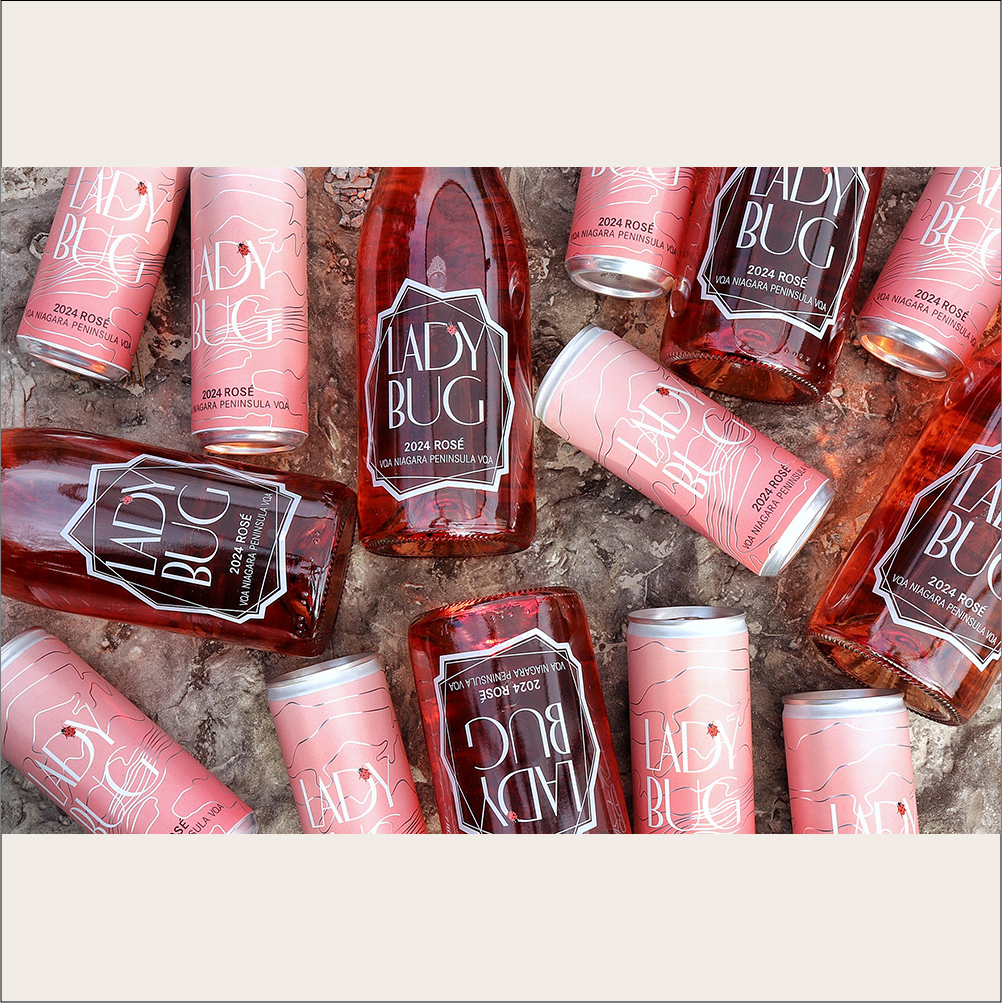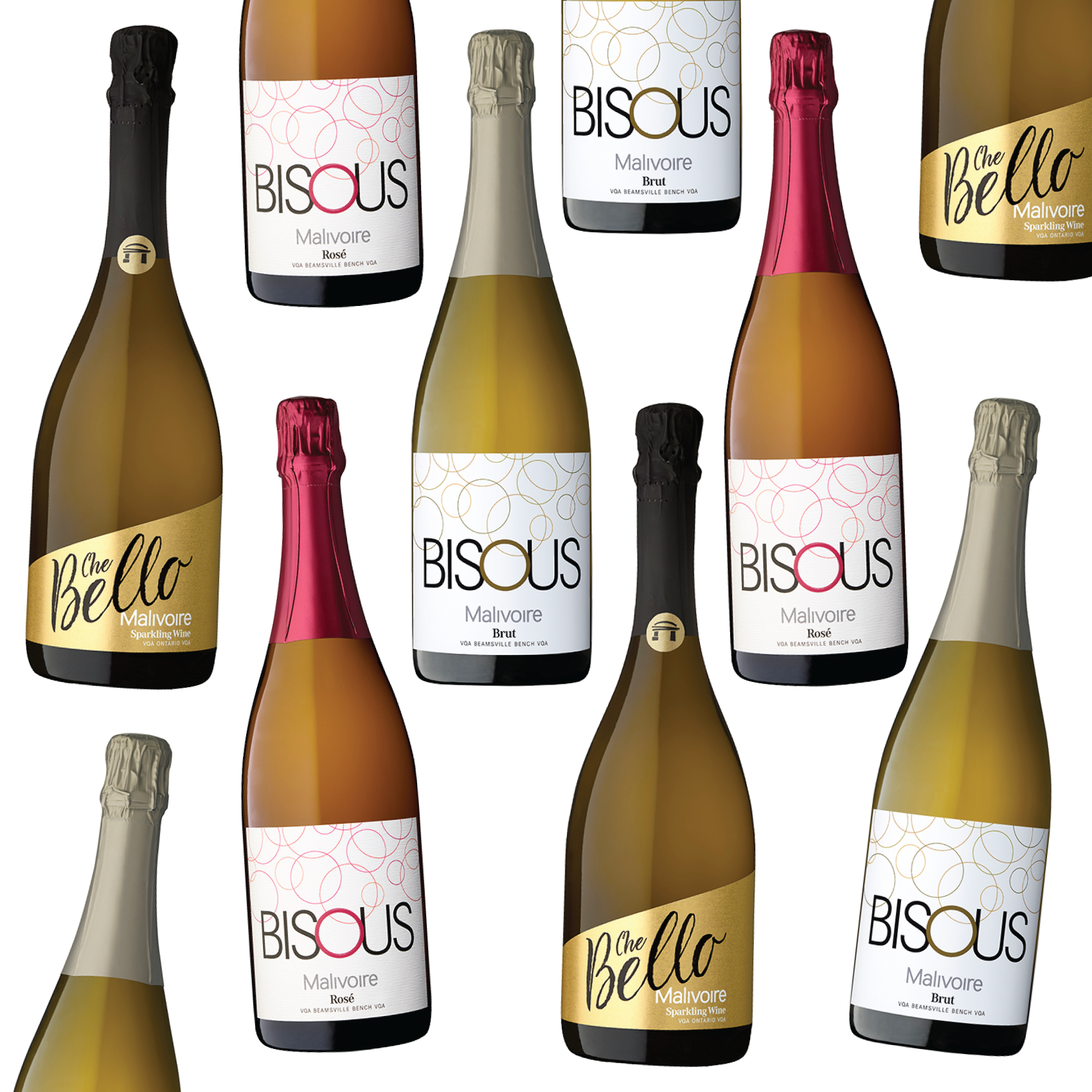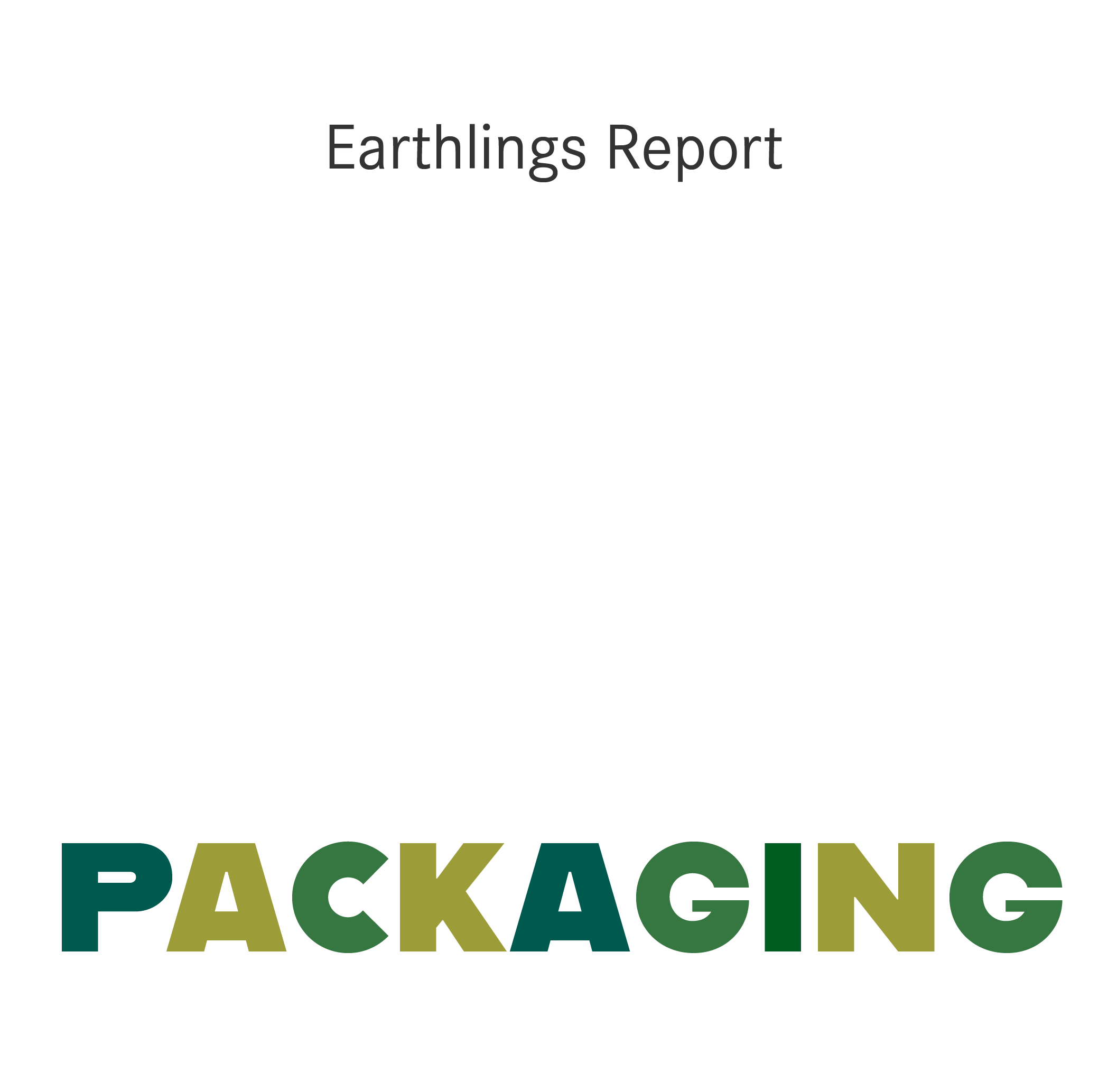Earthlings Report - Packaging Innovation
Written by: Johanna Cornelissen
This month we will explore the topic of packaging and how we, at Malivoire have innovated our packaging as our business requirements change. We will focus on three main packaging items: shipping packaging, wine closures, and wine bottles.
Our shipping requirements have significantly changed over the years. Prior to 2019, our wine was predominately shipped to LCBO, restaurants, and distributors. At the time, we shipped the wine using our standard wine boxes. However, as direct-to-consumer shipping demand increased due to the continued growth of our Insiders wine club and COVID19, we began to explore alternative packaging options to minimize bottle breakage. We experimented with corrugated bottle wraps, craft paper, and double wall inserts to protect the bottles. Although this reduced the bottle breakage, it resulted in additional time and effort packing, more packaging material, and heavier packages, resulting in an increase in cost and packaging waste.

Today, the inserts we use are molded fiber, made from post-consumer wastepaper such as newspapers, magazines and boxes designated for landfill. These items are broken down into a slurry and remolded into a designated form. The result is an insert that is 100% compostable and biodegradable, and that offers a snug fit to keep the wine bottles safe during the shipping process.

At Malivoire, we are always happy to “take back the pack”. We will gladly accept the inserts that we have shipped to you as part of your wine delivery. Simply collect them, and when you next visit, drop them off at the retail shop. These inserts will be reused in a future wine shipment.
The wine closures that we use, have also progressed throughout the years. The first few vintages of Old Vines Foch (1998, 1999) were released using natural cork. Although cork is a renewable resource, there is a possibility - between 3-6% (wineenthusiast.com, 2023), that a wine could suffer from cork taint, or is “corked”. You know a wine is corked when it smells of a damp rug or a musty basement. Cork taint is the result of the interaction of a chemical called trichloroanisole (TCA), from molds naturally occurring in the tree bark, with chlorine, a chemical used to sanitize the cork.
To eliminate this possibility, Malivoire experimented with synthetic corks but found that the corks permitted too much oxygen ingress to the wine, resulting in premature oxidation. In 2003, the screwcap (Stelvin) was introduced to our wines, such as Ladybug Rosé, that are meant to be consumed young. As Stelvin closures offer a tight seal to the wine, there is consistency in preserving wine aroma, flavour, and freshness; and as a bonus the closures are recyclable. Malivoire was interested in understanding the aging potential for wines under Stelvin, so we conducted a scientific experiment where some of our wine was aged using Stelvin as well as natural cork. The results demonstrated that the change to the wine as it aged was more gradual with natural cork, which the team favoured. Thus, from 2005, all wine expected to age used natural cork, until 2012 when we introduced Diam corks. Although the main ingredient is natural cork, the Diam closures undergo a process where the TCA compound that is responsible for cork taint, is extracted. Since 2020, we have used Diam Origine, where each cork is formed using a binding agent that is composed of 100% plant derived polyols that gives a perfect fit for each bottle. Thus, these closures offer all the benefits of natural cork, without any of the risks.

We continue to innovate with our wine closures. Stay tuned for a new and exciting look coming to Che Bello soon.
The final packaging item to explore is the wine bottles. In last month’s newsletter, I wrote about Malivoire’s switch to wine bottles made of Ecova glass. This glass is made with up to 75% of recycled material, in addition to being approximately 25% lighter in weight than regular glass bottles, resulting in a 6% reduction in carbon emissions (glasshallmark.com) as well as financial savings on shipping costs.
In 2024 Malivoire will be participating in a wine bottle reuse pilot project to close the recycling loop on glass even further. During this project, we will save wine bottles opened in the retail shop and winery, rather than recycling them. The bottles will be collected by Circulr, a company that specializes in reusable packaging. The collected wine bottles will be delabelled, washed, and sanitized by Circulr before returning them to Malivoire, where they will be reused. We will keep you updated as the project unfolds.





